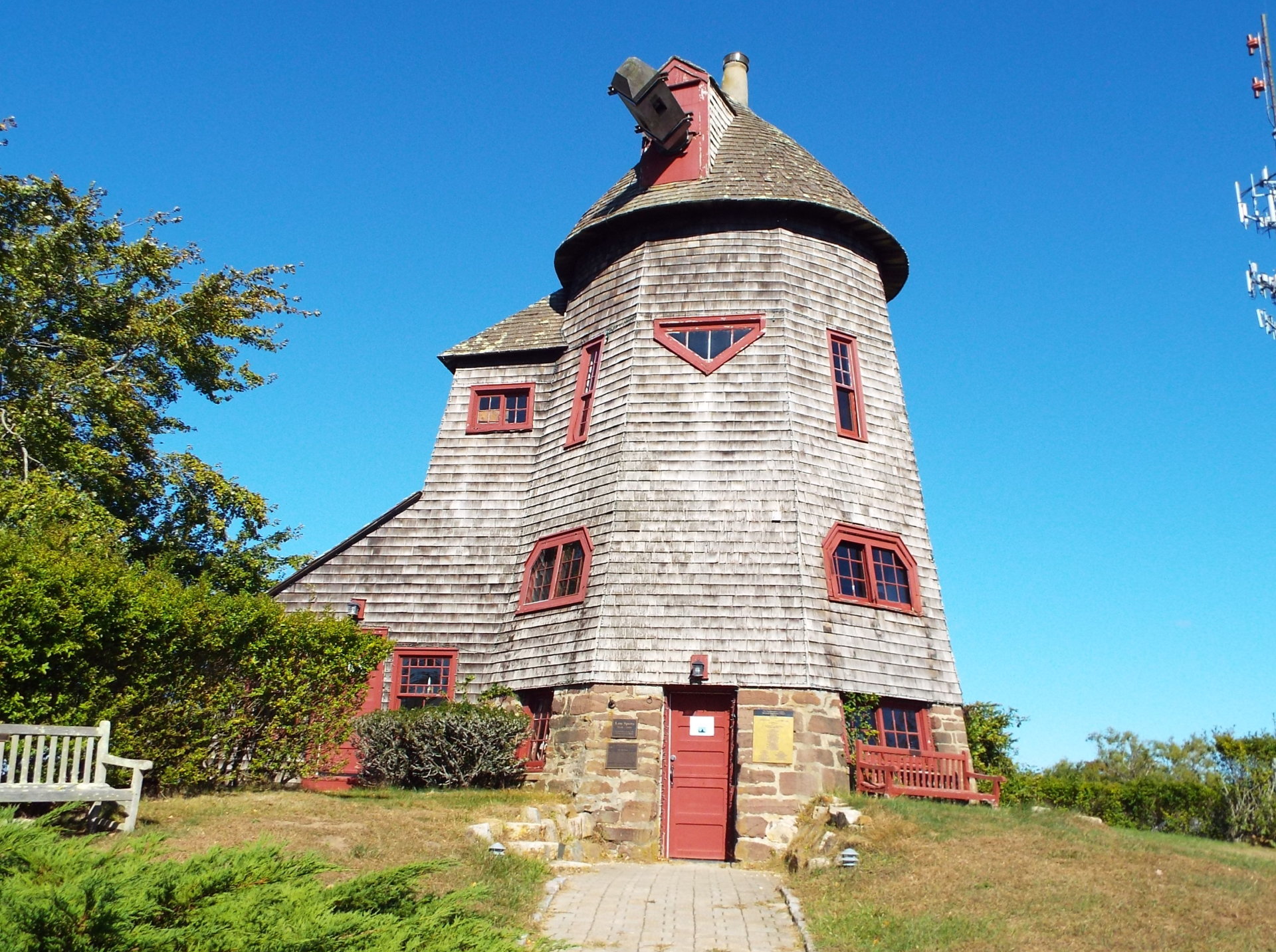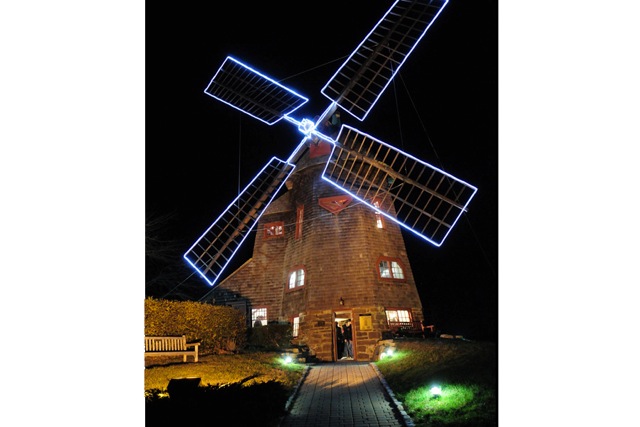Windmill War: The Fight Over Stony Brook Southampton's Mill

Shippy’s Pumpernickels is on Windmill Lane in downtown Southampton. The Rogers Memorial Library is on Windmill Lane. The Southampton Village Police Department is on Windmill Lane. The La Carezza Spa is on Windmill Lane. But one thing that is not on Windmill Lane is a windmill.
There used to be a windmill there. But it got moved away. It’s embarrassing that there’s no windmill on Windmill Lane because there is no other windmill anywhere in that village. Meanwhile, East Hampton Village has four windmills.
There are 11 windmills sprinkled throughout the Hamptons. And these 11 windmills constitute the largest collection of windmills in the entire United States.
Southampton should have a windmill.
This was the essence of what Southampton Mayor Jesse Warren referred to back in December 2020. He wants a particular windmill, the one that used to be on Windmill Lane that is now in Shinnecock Hills. The story goes that a resident of Shinnecock Hills stole it. Or something.
“Village residents, largely, would like to see the windmill move back here,” Warren told Dan’s Papers in January. “(It) seems to be falling apart and we’d be willing to not only move it, but help restore it through grant money and things like that.”
He said he envisions it at the triangle where Nugent Street dead-ends into Windmill Lane in front of the library. That’s where it was. That’s where it belongs.
Many people say that the windmill is in terrible physical condition where it currently sits high on that hill in Shinnecock. Its blades were destroyed in a storm. Its shingles are worn. If things aren’t done to fix it up, 30 years from now, it will deteriorate and fall apart into ruin. What a shame.
The village’s windmill committee appealed to the State of New York to have the windmill moved back to where it was originally built because it’s a village treasure. There, he and his village board will restore it to tip-top shape. Porter Bibb, a prominent local citizen, is a member of this committee.
Warren’s announcement initially seemed to catch its current owner — Southampton College — flat-footed. At first they said they didn’t steal it, they inherited it. They are right about that.
Originally built in 1713 for a farmer downtown, it had fallen into disrepair. So, in 1890, a Mrs. Hoyt bought it and saved it by moving it to the top of a hill she owned in Shinnecock. Six years later, she sold this property to New York millionaire Arthur B. Claflin who built a grand summer mansion just adjacent to the windmill. Delighted with the mill, he turned it into a playhouse for his daughter Beatrice.
In 1946, the property became the Tucker Mill Inn. The innkeepers made the interior of the windmill into an apartment for guests. In 1957, Tennessee Williams, the playwright, stayed at the inn and wrote a play, a tribute, actually, to the late painter Jackson Pollock, who had been killed in a car crash in East Hampton the year before. He titled it The Day on Which a Man Dies.

Then in 1963, the Inn was sold to Long Island University to become their Southampton Campus, and then that was re-sold in 2006 to become Stony Brook Southampton College, which is what it is today.
“The windmill is beloved by the hundreds of students, faculty and administrators from Long Island University through Stony Brook University, who rightly associate the windmill with the very identity of the campus,” Laurent Sheprow, a Stony Brook University media relations officer, told The East Hampton Star.
So the lines are drawn. It’s going to be a 10-paces-at-dawn shootout or something. Or maybe not. Perhaps it will be Don Quixote and Sancho Panza, tilting at the windmill.
What’s interesting about all of this is the fact that these 11 wood-shingled windmills, called “smock” mills, were, during the late 18th and early 19th centuries, freely sold from one farmer to another as farm implements, like saws or spades.
The first smock mills on the East End were built in 1795, to replace what had been in prior use — a hollow wooden post mill. Both turned grain into flour. But the newer ones had these wooden coverings that looked like smocks. Because post-mills could be dismantled and easily moved, the farmers just continued the tradition, but by using the smock mills. And so today, many windmills are named for places where they no longer sit. Pantigo Mill, for example, is not in Pantigo, it is in East Hampton. The Hayground Mill is no longer in Hayground; it is on Windmill Lane in East Hampton.
Maybe the village should just have asked the college to sell them their windmill. The thing is, today, they are no longer farm implements. Because coal-fired steam engines were used to power grain grinding in the 1820s, no more windmills got built. Now they are just priceless antiques. So war was declared.
Which has turned out to be a very short war.
Just two weeks after Mayor Warren announced his battle plans, the New York State assemblyman from our district, Fred Thiele Jr., announced that the State would grant $500,000 to Stony Brook University to repair and restore the Shinnecock Windmill where it sits.
“The Stony Brook University campus community is proud to be the caretaker of the windmill, a cherished historical icon that has existed in its current location for over a century,” Stony Brook University President Maurie McInnis said in a statement. “We join with the East End community in thanking Assemblyman Thiele for securing (this) funding.”
So, what is Mayor Warren to do? Well, he really can move forward with putting a windmill on Windmill Lane, just not this one. He can use the Southampton Village funds set aside for this to instead build an exact replica of the mill, as originally built, without the kitchenette, storage room and bedroom that has transformed its interior.
Or he can send a forklift truck out late at night. Each of the remaining 10 mills, in keeping with their tradition of being moved from here to there, are just set on cornerstones. They are not attached. All the mayor has to do is have his forklift drive to one of the mills on a moonless night, slide the forklift’s blades underneath, lift it up and haul it away. Here today, gone tomorrow. Surprise!



